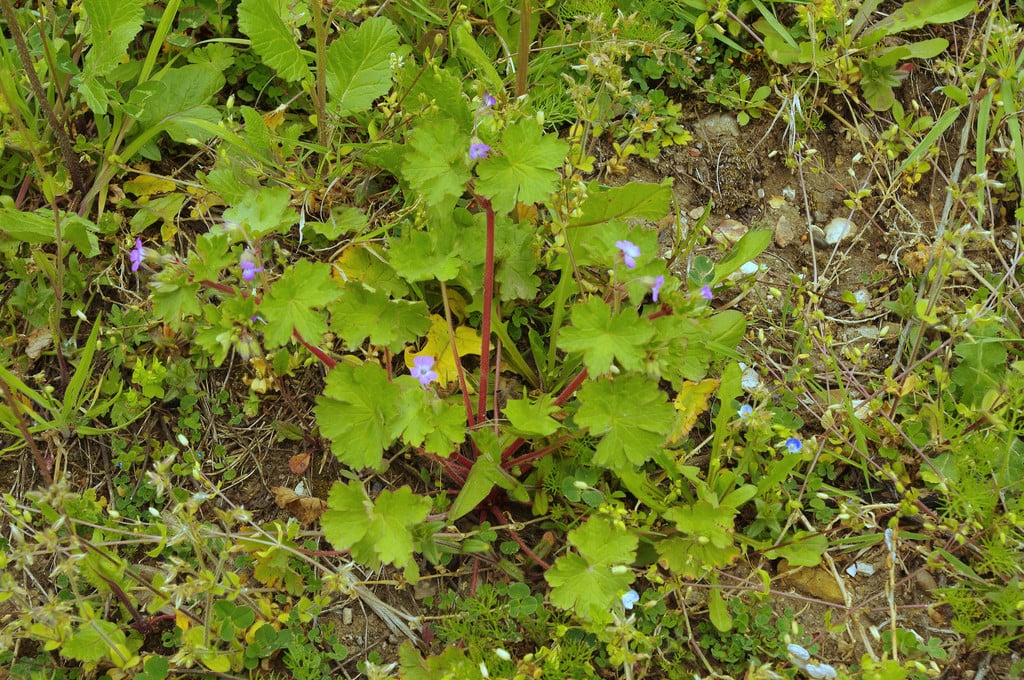Geranium rotundifolium
round-leaved cranesbill
A native, herbaceous annual restricted to south-east England, growing on dry grassland and chalky soils. Produces shallowly lobed, round foliage on lax stems to 40cm high Pink flowers fading to white in the centres with greenish pink veining are produced from spring to late summer.
Size
Ultimate height
0.1–0.5 metresTime to ultimate height
1 yearUltimate spread
0.1–0.5 metresGrowing conditions
Moisture
Well–drainedpH
Acid, Alkaline, NeutralColour & scent
| Stem | Flower | Foliage | Fruit | |
| Spring | Pink White Green | Green | ||
|---|---|---|---|---|
| Summer | Pink White Green | Green | ||
| Autumn | Green Red | |||
| Winter |
Position
- Full sun
- Partial shade
Aspect
South–facing or West–facing or East–facing
Exposure
Exposed or Sheltered Hardiness
H7Botanical details
- Family
- Geraniaceae
- Native to GB / Ireland
- Yes
- Foliage
- Deciduous
- Habit
- Bushy
- Genus
Geranium can be annuals, biennials and perennials, herbaceous or evergreen, with rounded, usually palmately lobed or divided leaves, and lax inflorescences of rounded, 5-petalled flowers
- Name status
Correct
How to grow
Cultivation
Grow in any moderately fertile dry to well drained soil. Full sun or partial shade is best. A native plant found growing in dry turf, the tops of old brick walls and on waste ground
Propagation
Propagate by seed
Suggested planting locations and garden types
- Wildlife gardens
- Coastal
- Cottage and informal garden
- Wildflower meadow
Pruning
Cut back or remove old plants after flowering has finished
Pests
May be susceptible to vine weevil, geranium sawfly, slugs and snails
Diseases
May be susceptible to Powdery mildews, downy mildews and a virus
Get involved
The Royal Horticultural Society is the UK’s leading gardening charity. We aim to enrich everyone’s life through plants, and make the UK a greener and more beautiful place.
